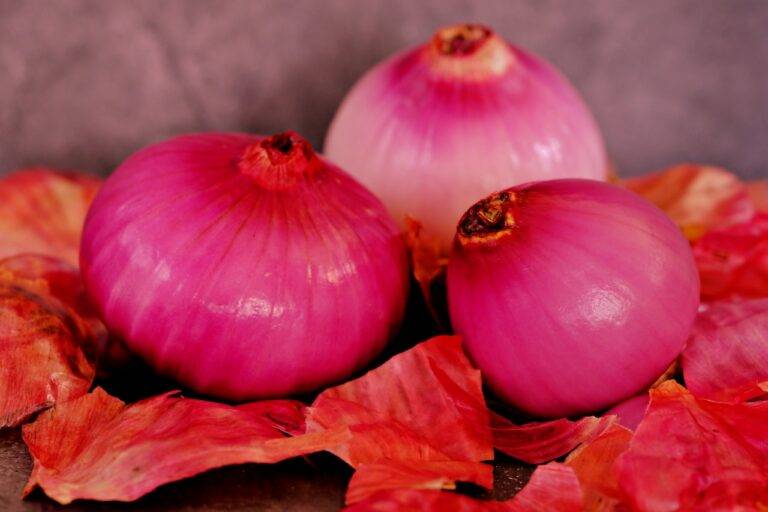The Future of Edible Packaging Solutions
To address the growing environmental concerns related to packaging waste, companies are increasingly turning towards sustainable packaging materials. These materials are designed to minimize the impact on the environment while still maintaining the functionality and durability required for packaging purposes. From biodegradable plastics made from renewable sources to compostable packaging materials, the market is witnessing a shift towards more eco-friendly solutions.
Innovations in sustainable packaging materials also include the use of recycled materials such as paper, cardboard, and glass. By repurposing these materials, companies are able to reduce the dependence on virgin resources and reduce the overall carbon footprint of their packaging operations. With a focus on both environmental sustainability and cost-effectiveness, the adoption of these advancements in sustainable packaging materials is on the rise across various industries.
Innovative Technologies in Edible Packaging
Edible packaging is emerging as a revolutionary solution to combat the environmental impact of traditional packaging materials. With the rise of innovative technologies, companies are now exploring the use of edible materials such as seaweed, starches, and proteins to create sustainable packaging options. These edible packaging solutions not only reduce plastic waste but also offer a unique and eco-friendly alternative for consumers.
One promising technology in edible packaging is encapsulation, which involves trapping liquid or solid ingredients within an edible shell. This method not only provides a protective barrier for the product but also offers a convenient and sustainable way for consumers to consume food on the go. Additionally, edible packaging can enhance the overall eating experience by adding flavor, nutrients, or functional ingredients to the packaged product.
What are some examples of advancements in sustainable packaging materials?
Some examples of advancements in sustainable packaging materials include biodegradable plastics, compostable packaging, and plant-based materials like cellulose and starch.
How do innovative technologies play a role in edible packaging?
Innovative technologies play a role in edible packaging by allowing for the creation of edible films and coatings made from natural ingredients that are safe to consume and can help reduce waste.
Are edible packaging materials safe for consumption?
Edible packaging materials are typically made from food-grade ingredients that are safe for consumption. However, it is important to check for any allergies or dietary restrictions before consuming edible packaging.
How do edible packaging materials help reduce waste?
Edible packaging materials help reduce waste by providing a sustainable alternative to traditional packaging materials that often end up in landfills. Consumers can eat the packaging or compost it, reducing the overall environmental impact.
Are edible packaging materials cost-effective for businesses?
The cost-effectiveness of edible packaging materials can vary depending on the specific material and production process. While some edible packaging materials may be more expensive than traditional options, the benefits of sustainability and reduced waste can make them a worthwhile investment for businesses.





